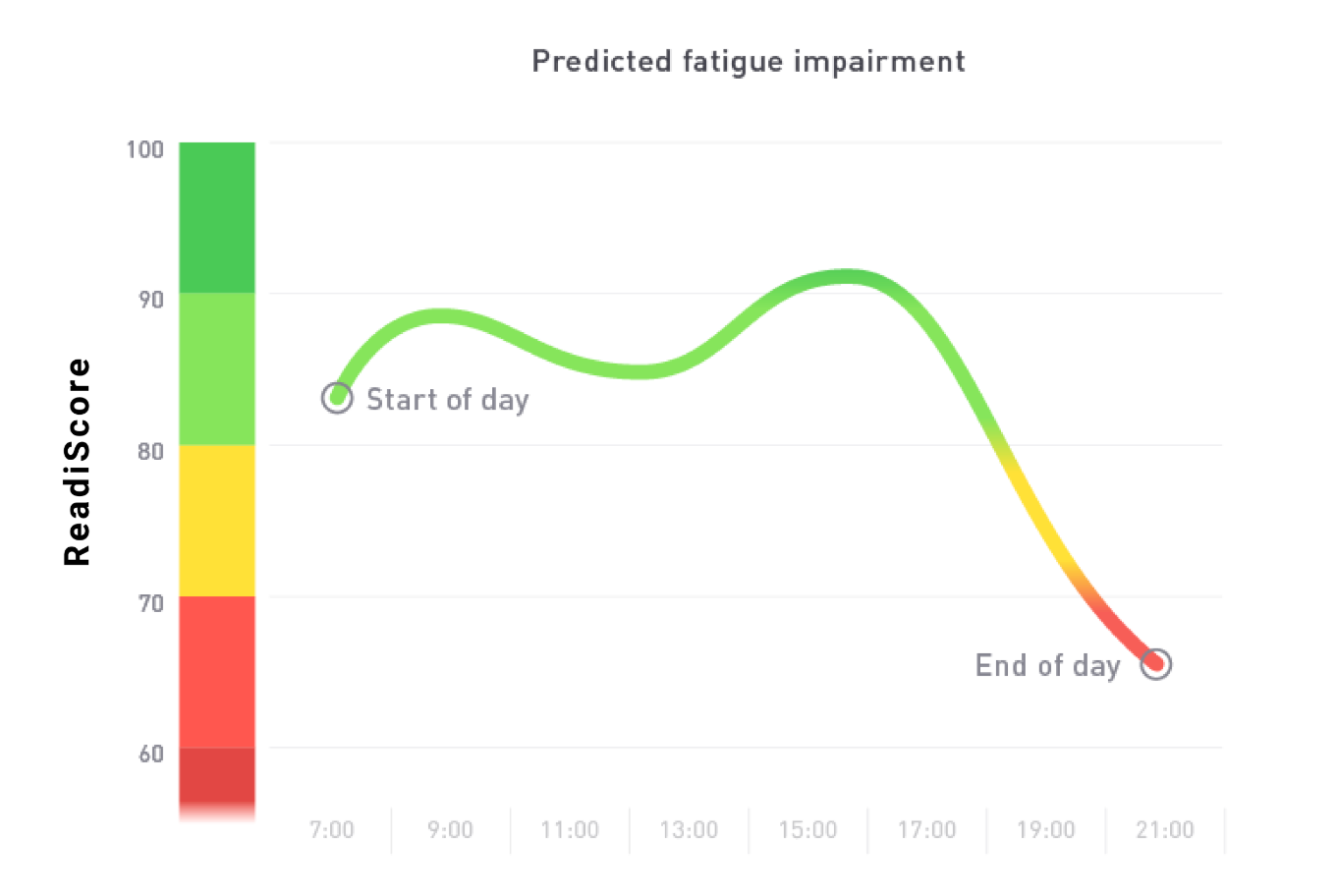VIDEO: Marcobre’s Mina Justa Mine Uses Readi to Reduce Fatigue Events, Improving Safety and Productivity
As a leading provider of fatigue management solutions, Fatigue Science is proud to share a video from Marcobre, a leading Peruvian mining firm, where they discuss the outstanding results they have achieved through the use of our technology in a comprehensive fatigue management program.
By implementing Readi, our predictive fatigue management platform, at their Mina Justa mine, Marcobre has significantly improved the wellbeing and safety of their workers, while also enhancing their productivity and performance.
Watch the video below to hear Marcobre’s story with Readi, or read on for more details.
Mina Justa adopted Readi in 2019, upon seeking a comprehensive solution that would use predictive technology to empower supervisors, workers, and management to make proactive, data-driven decisions around fatigue. It is one of five sites under the Minsur brand that rely on Readi daily.
While Readi does not require the use of wearables, Marcobre opted to deploy Fatigue Science’s ReadiBand and ReadiWatch devices to enhance personal fatigue awareness among its operators, as well as to encourage and improve sleep discipline. The deployment of Readi has had a profound impact on the lives of mining truck operators at Mina Justa, who now have a better understanding of their sleep patterns and daily awareness of their personal fatigue levels.
Marcobre’s implementation of the Readi solution has led to impressive results. As the Marcobre team discusses in the video, according to Caterpillar, an acceptable index of fatigue events is 0.05 events per hour worked, or one event per every 20 hours. At the end of 2022, Marcobre recorded a mere 0.002 fatigue events per hour worked, indicating a fatigue event every 500 hours. Marcobre attributes this improvement in part to Readi focus on proactive fatigue management and the support provided by Fatigue Controllers.

The Fatigue Controllers at Mina Justa play a crucial role in managing fatigue, ensuring that workers meet the minimum alertness level (“ReadiScore”) of 70 before starting their shift. As a result, daytime shift employees now average seven hours of sleep, up from six hours in 2019, while nighttime shift employees have increased their rest from four and a half hours to six hours.

In addition to Readi, Marcobre also uses the Caterpillar DSS camera system in its mining trucks to monitor and respond to microsleep events. This combined approach of using a predictive technology such as Readi and with a reactive camera-based system such as DSS, sets Marcobre apart and has contributed to their exceptional fatigue management results.
Marcobre’s commitment to the wellbeing of their workers has fostered a culture of trust, where employees can openly communicate their fatigue levels and receive support when needed. This has led to a safer work environment, improved productivity, and better overall quality of life for the workers at Mina Justa.
We are honored to have played a role in Marcobre’s journey towards becoming a leader in managing fatigue among mining firms worldwide. Through the continued use of Readi, Marcobre is striving for zero fatigue events, ensuring that their employees can perform their jobs safely and return home to their families each day.





.jpg)